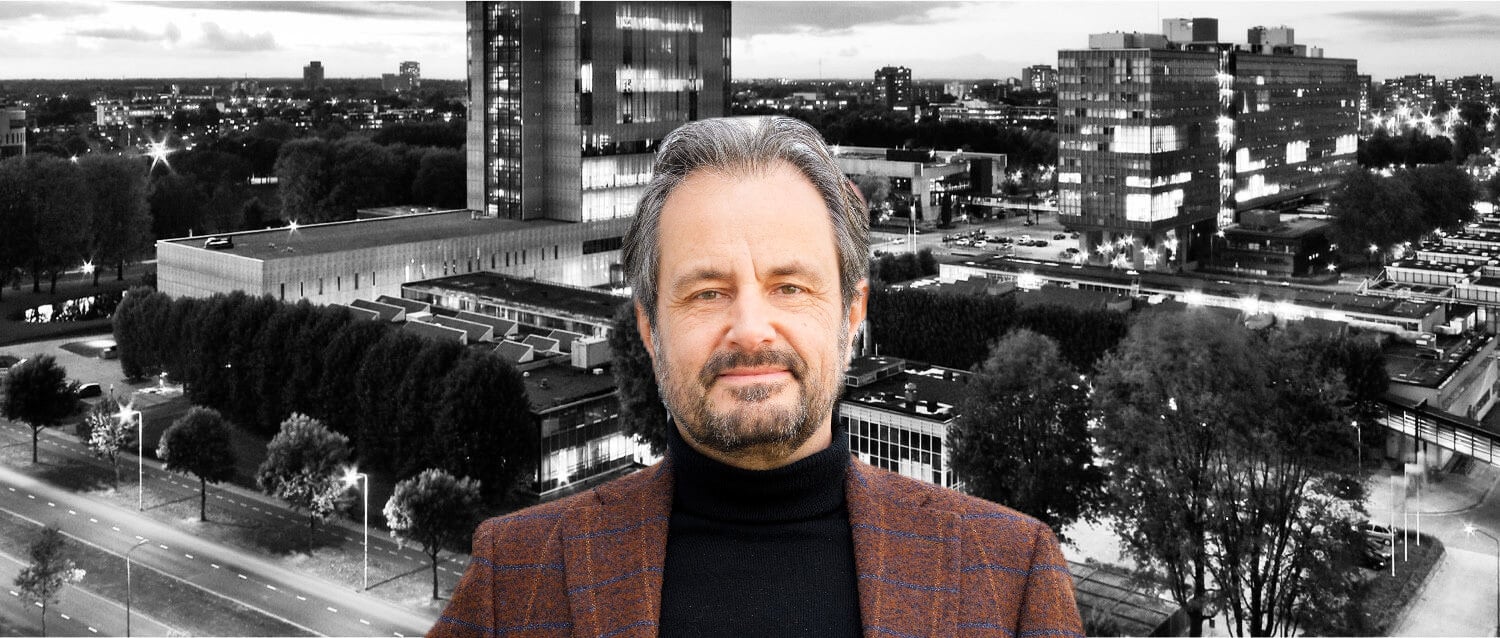
The term smart mobility is often applied to a wide range of mobility services and traffic technologies. But the imminent salvation of communicating trucks, talking traffic lights, and self-driving cars seems to be somewhat behind the expectations of impatient users in the slow physical reality. In the process, people often forget perhaps the most successful implementation of smart mobility in recent years: the enormous leap in quality and availability of traffic information.

It is now difficult to imagine being on the road fifteen years ago with only a vague estimate of your travel time. At best, you were helped by general traffic reports on the radio or, here and there, some difficult-to-understand information on panels above and alongside the road. It proved difficult to convey important traffic information effectively, but a bigger problem was the lack of traffic data. Traffic information was mainly generated by expensive and inaccurate inductive loops and cameras.
Partly for this reason, TomTom began developing its own traffic information in 2006, based on so-called floating car data. This primarily uses data from phones and navigation systems in other vehicles. Exactly as Waze, Flitsmeister, Google, and others did later, ever better and ever cheaper. By the way, TomTom is still a world leader in this field. Not so much through these well-known devices anymore, but through the software that can be found in almost all car brands and smartphones.
Because of all these developments, everyone is nowadays, often for free, fully informed about the traffic situation, even in a local village street. If necessary, they can also adjust their route, departure time, and travel behavior. As a result, the breakthrough of navigation systems has an important side effect. In the past, traffic management was in the hands of the government, which was able to manage traffic reasonably successfully with signage and color-coded roads on paper maps.
“Traffic has become safer and congestion increasingly a plannable phenomenon”
Carlo van de Weijer
Traffic engineers feared that if everyone individually chose the fastest route, it would necessarily lead to a gridlocked system. It was even suggested that navigation systems should be banned. It turned out to be an unjustified fear. In fact, research by TNO and others has shown that navigation systems have led to more efficient and, above all, 10% safer traffic. The latter mainly because people concentrate on the road instead of looking for street signs or a street map on their lap. But also, because the certainty of an arrival time leads to less hasty driving behavior.
The old top-down traffic management has thus changed into a self-managing system of well-informed individuals. With the increasing accuracy of navigation, route advice is increasingly followed and people also take more account of closures and other incidents. This includes information from the government. This is a classic public-private partnership for which we in the Netherlands have set up a very well-functioning National Data Warehouse.
In addition to increased safety, these developments also mean that traffic jams are increasingly a plannable and voluntary phenomenon. As a result, the cost to society of traffic jams has fallen sharply. What an enormous smart mobility.
Maarten Steinbuch and Carlo van de Weijer are alternately writing this weekly column, originally published (in Dutch) in FD. Did you like it? There’s more to enjoy: a new book with a selection of these columns has just been published by 24U and distributed by Lecturis.

